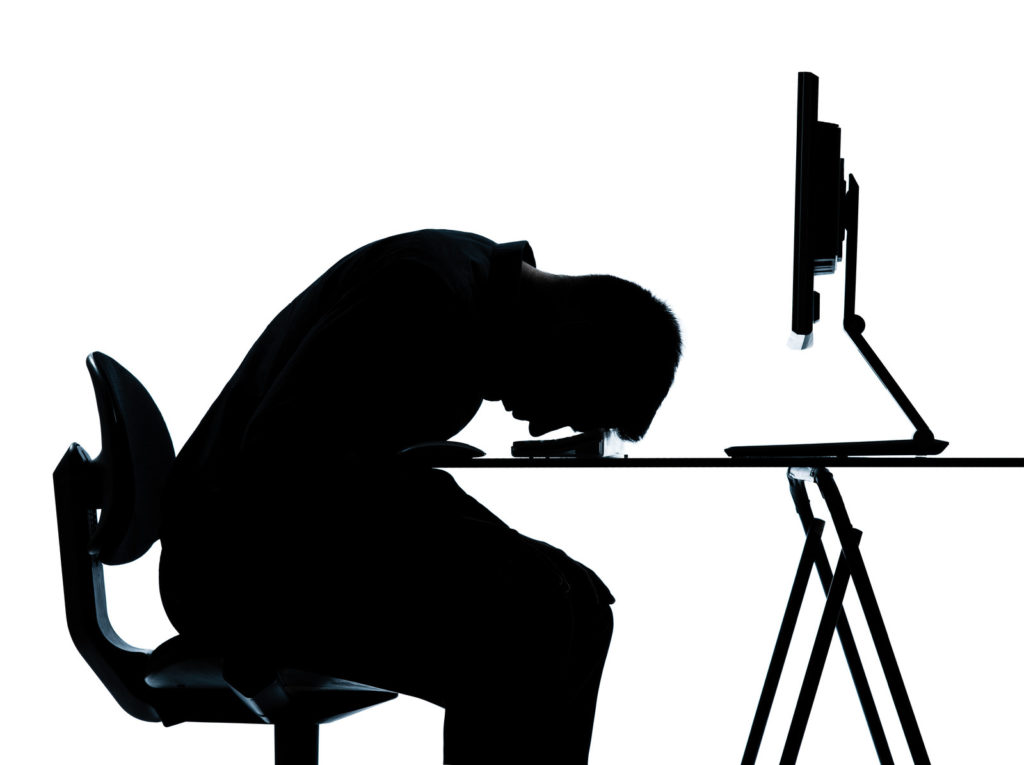Ok, let’s get right to it – sitting is your enemy! Truly the strongest backs are still not able to hold up to prolonged sitting, so don’t even try to prove me wrong.
–> Please realize this does not mean you can never sit, or that a job requiring sitting means the downfall of your overall health.
WHY SITTING CAN GET OLD
Our muscles don’t like being in the same position for too long. Whether it’s standing, sitting, or enjoying a good sitcom while lounging on the couch – if the muscles are stuck in the same spot for 20-30 minutes, they notice it and they get changed a little (even if they LOVE that show you’re watching).
Two examples of changes when we sit:
1) After a while of sitting, we slouch down and it creates a flexion load in our low back. This places sustained pressure on the structures and tissues in the back of our spine. Even without slouching the spine and the structures in the low back are affected by sitting too long.
2) The hip flexors (on the front of our hips) are in a shortened state when we sit. After a time they get used to being in that position so they get settled in and start to make preparations to stay there for the unforeseeable future. The longer we sit the more they are going to be angry when we get up to move. Why? Because they are now happy being short and will do their job when we move by resisting that movement.
Interesting side note: The psoas muscle actually attaches all the way up into the lower spine. So we might feel resistance in the form of pain in our legs, hips, or even our backs.

Our hip flexors are short when we are sitting. One of these – the psoas muscle (shown in red) – attaches in the lower spine and can be a source of back pain.
Something else happens to our bodies when we put them through the same thing for too long. A weakening called “hysteresis” sets in and our ligaments and muscles go through a transition called “creep”. CREEP and HIS-TER-EE-SIS. Weird terms, I know, so here’s what they mean.
OUR BODIES ARE NOT INDESTRUCTIBLE
Think of hysteresis as a temporary weakening and creep as getting longer over time. The tissues in our body are elastic and they are dependent on both time and history.
Hysteresis is like a rubber band losing its ability to bounce back to where it was. It happens fairly quickly and is temporary, but there is a loss of energy. When a tissue loses energy it becomes weak. The ligaments in your back will no longer absorb shock as well and the spine becomes more unstable.
Creep is a deformation that can occur when the load remains constant. Tissues stretch right away when we first cause them to lengthen, but if we hold them in that same spot they will still keep stretching as time goes on. This process generally takes longer and it lasts longer. Over time the tissue relaxes into its new length.
Basically, the tissues in your body are complicated. But they are awesome in what they can do, and work best when they’re used properly. So check our next post about what to do with the whole sitting thing.
Next week:
HOW TO AVOID SITTING YOURSELF TO DEATH
